 Deciphering all of the parts of your auto insurance policy can be a difficult task. Here, we’ve broken it down section by section so you can understand the information that is included in each part.
Deciphering all of the parts of your auto insurance policy can be a difficult task. Here, we’ve broken it down section by section so you can understand the information that is included in each part.
A 2013 study showed that 65 per cent of Canadians do not take the time to review their auto insurance policy every year. Don’t fall into this group!
The declarations page of your auto insurance policy provides an overview of all details of your contract. Included on the declarations page are the following:
- Name of the insurance company
- Your name and address
- The policy number
- Effective and expiration dates of the policy—your policy covers you between these two dates
- Description of all vehicles included on the policy, including year, make and model
- Coverage information—expect to see the different types of coverage you have selected listed here along with your deductible and the limits for each line of coverage
- Premiums—this is how much you will pay each month for coverage
- Premiums will be listed by vehicle as well as by coverage type.
- Name of the lien holder—this is the person or institution that issued your car loan
- If you paid for your vehicle without a loan, this area will be blank.
- Name of the loss payee—this is the person or entity that is entitled to all or part of the insurance proceeds when a claim is paid out
- Any special conditions or changes made to the policy
When you receive a copy of your policy, it’s important to review all of the information on the declarations page for accuracy. Keep a copy of your declarations page in your files in case you find yourself with questions about your policy. If you change or revise your policy at any time, a new declarations page will be issued to you reflecting the changes. Make sure to review and keep this new declarations page as well.
The remaining pages of your policy document are called the insuring agreement. The insuring agreement section of your auto insurance policy explains the risks you are covered for, the people covered under the policy and the amount of time the policy covers you for. The purpose of the insuring agreement is to state the terms of the policy explicitly and clearly, leaving no room for misunderstandings.
The insuring agreement always includes a definitions page. This is where the “fine print” of your policy is located. The definitions page defines vocabulary you will find in your policy to make it easier to understand. It also states your rights as the policy holder.
Your responsibilities and the responsibilities of the company insuring you are outlined here. Conditions include payment requirements, the proper steps for filing a claim and the process for resolving disagreements. If you have any questions about the conditions of your policy, make sure to contact Armour Insurance Group Ltd. right away to prevent issues.
This section of the insuring agreement lists the events and circumstances which are not covered as part of your policy. The intent of the exclusions section is to make your policy as clear as possible and prevent any surprises in the event of a claim. A solid understanding of what your policy excludes is crucial in determining any additional coverage you may want to purchase. Contact Armour Insurance Group Ltd. if you need any clarification on the items that are excluded from your policy.
Make sure to set aside some time each year to review your policy and ensure that the limits and coverage you have selected are right for you. Evaluate your needs based on your provincial regulations, the value of your car, the money you have in savings and the amount of risk you feel comfortable taking. Then, make sure to read the entire insuring agreement—especially the exclusions—to guarantee that you are covered in every situation that is necessary for your lifestyle. If you have questions about your auto insurance policy, contact Armour Insurance Group Ltd. today!
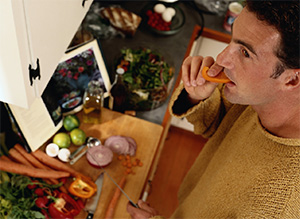 1. Watch What You Eat
1. Watch What You Eat


 Deciphering all of the parts of your auto insurance policy can be a difficult task. Here, we’ve broken it down section by section so you can understand the information that is included in each part.
Deciphering all of the parts of your auto insurance policy can be a difficult task. Here, we’ve broken it down section by section so you can understand the information that is included in each part.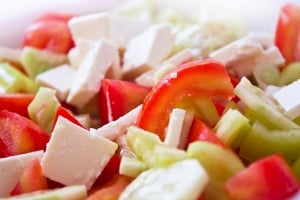 Some Ideas to Get You Started
Some Ideas to Get You Started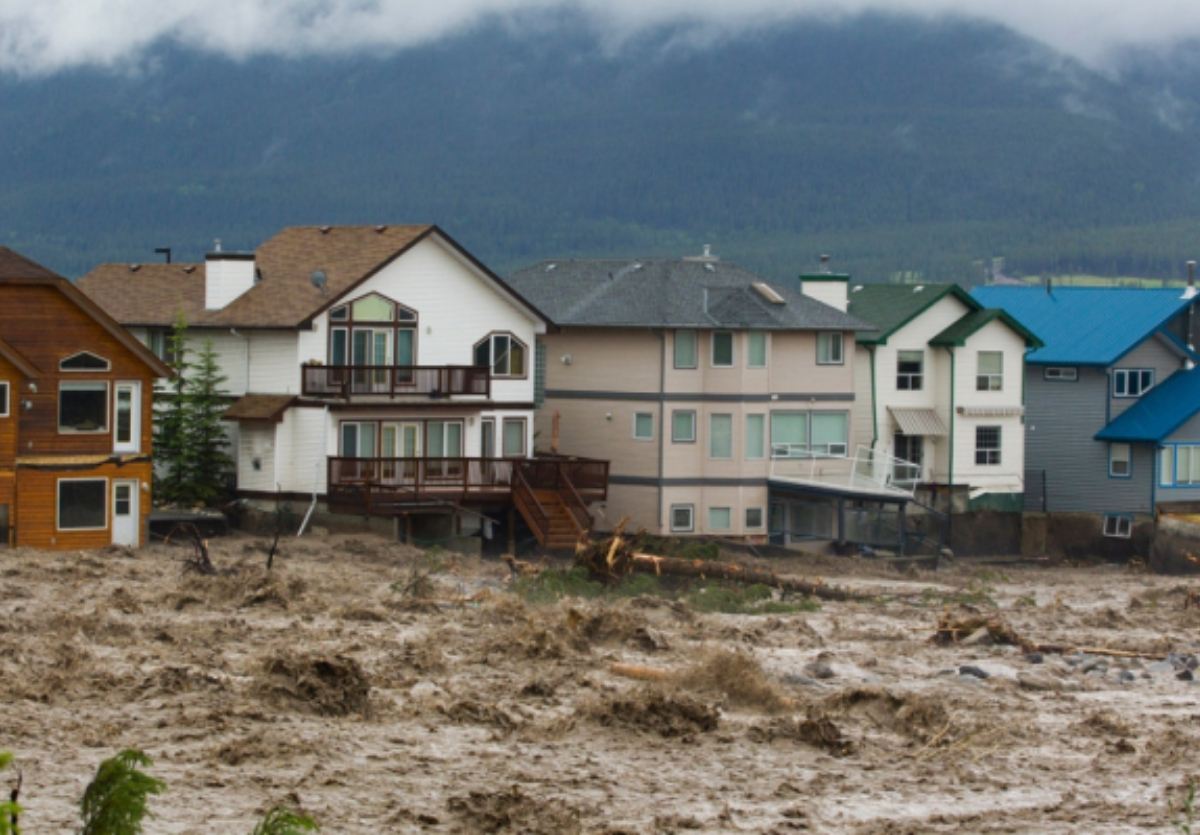

 With statistics like the ones below, letting your teen take the wheel for the first time can be a scary experience for parents. It's important to ensure that your son or daughter is given the tools to keep them as safe as possible on the road.
With statistics like the ones below, letting your teen take the wheel for the first time can be a scary experience for parents. It's important to ensure that your son or daughter is given the tools to keep them as safe as possible on the road. Providing
Providing 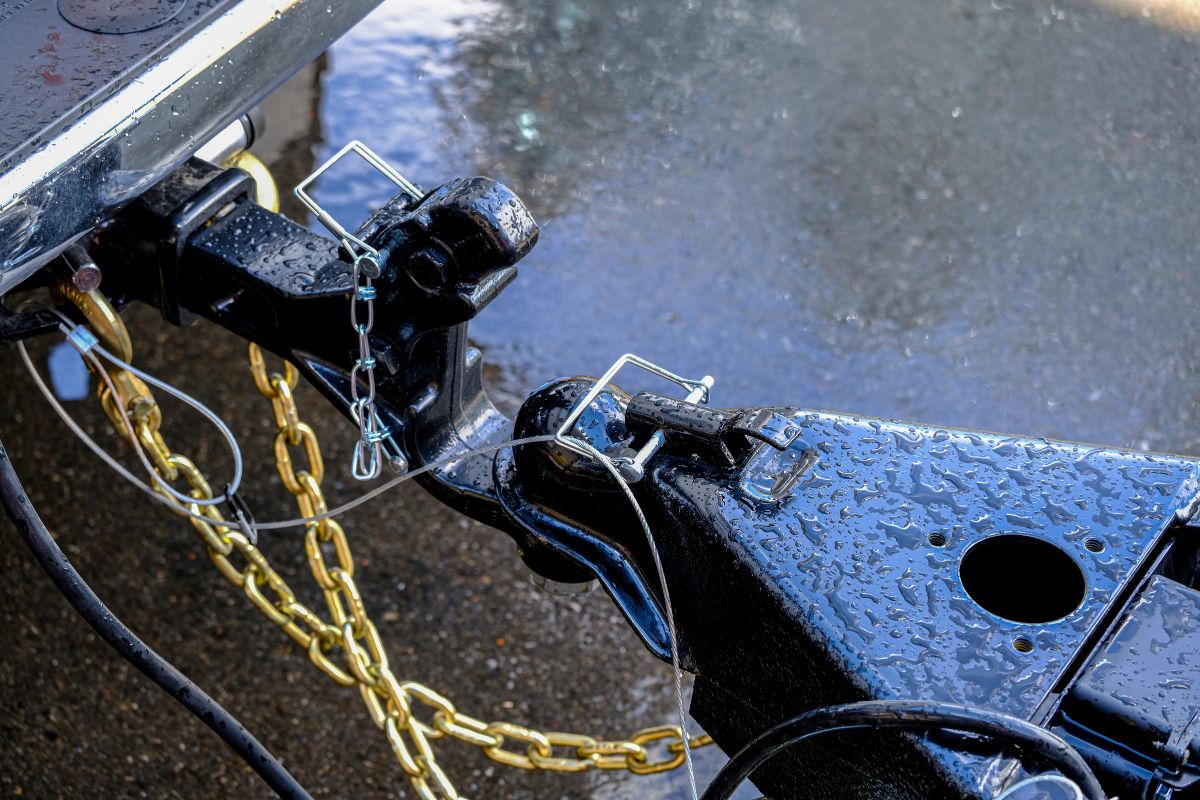
 According to GM Canada, an airbag propels out of a dashboard at up to 320 kilometres per hour – faster than the blink of an eye. Though they are designed to absorb the impact of a crash for adult motor vehicle passengers and drivers, children can suffer major injuries from an air bag.
According to GM Canada, an airbag propels out of a dashboard at up to 320 kilometres per hour – faster than the blink of an eye. Though they are designed to absorb the impact of a crash for adult motor vehicle passengers and drivers, children can suffer major injuries from an air bag.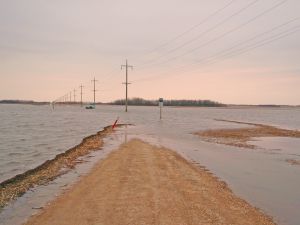 After a disaster strikes, returning to your home can be an emotional experience. Unfortunately, if you’re not careful, it can also be a dangerous one. The disaster may have caused damages to your home that now present a safety hazard to you and your family. It is important that you properly inspect your home for potential hazards before you resume your life there.
After a disaster strikes, returning to your home can be an emotional experience. Unfortunately, if you’re not careful, it can also be a dangerous one. The disaster may have caused damages to your home that now present a safety hazard to you and your family. It is important that you properly inspect your home for potential hazards before you resume your life there.